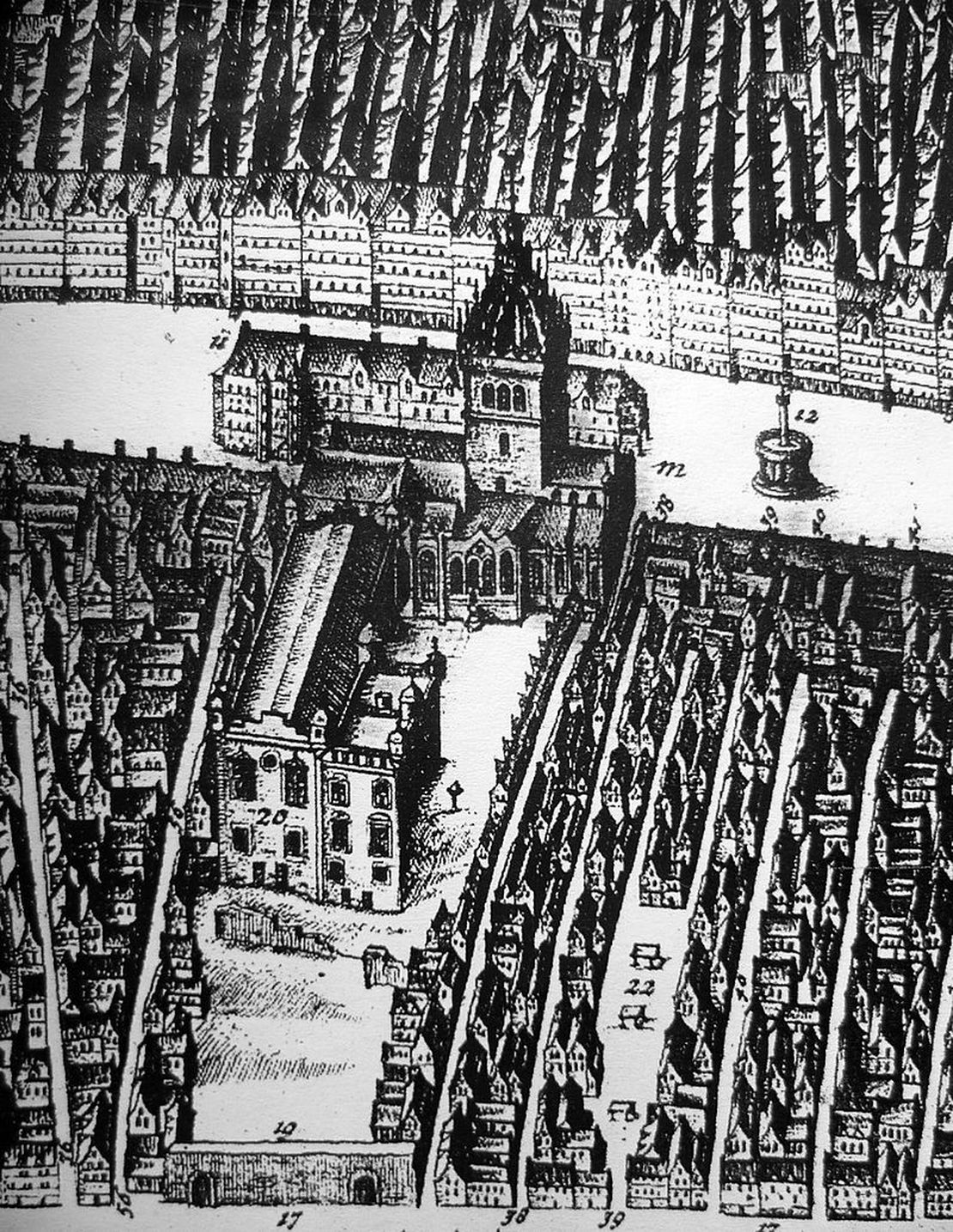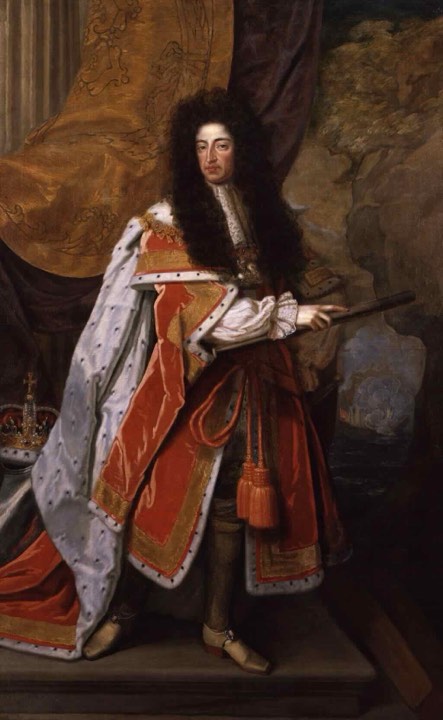- April 4, 1689
The 1689 Convention of Estates sat between 16 March 1689 and 5 June 1689 to determine the settlement of the Scottish throne, following the deposition of James VII in the 1688 Glorious Revolution. The Convention of the Estates of Scotland was a sister-institution to Parliament, comprising the three estates of bishops, barons and representatives of the Burghs. Historically, it had been summoned by the king of Scots for the limited purpose of raising taxes, and could not pass other legislation. Unlike the English Convention Parliament of 1689, the 1689 Scottish Convention was also a contest for control of the Church of Scotland or Kirk.
While Scotland played no part in the landing in England and there was little enthusiasm for William and Mary, by November 1688 only a tiny minority actively supported James. Many of William’s exile advisors were Scots, including Melville, Argyll, his personal chaplain, William Carstares, and Gilbert Burnet, his chief propagandist. News of James’s flight led to celebrations and anti-Catholic riots in Edinburgh and Glasgow and on 7 January 1689, the Scottish Privy Council asked William to take over government, pending a Convention to agree a settlement.
The English Parliament held James ‘abandoned’ his throne by fleeing from London to France; since the same argument could not be used in Scotland, the Convention argued he ‘forfeited’ it by his actions, listed in the Articles of Grievances. This was a fundamental change; if Parliament could decide James had forfeited his throne, monarchs derived legitimacy from Parliament, not God, ending the principle of Divine Right of Kings.

 ← Derry-Londonderry declares allegiance to William III
← Derry-Londonderry declares allegiance to William III
 Siege of Derry begins →
Siege of Derry begins →